Dibujo Anatómico para principiantes (Figure Drawing for Beginners – Spanish)
Release date:2021
Author: ZURSOIF Miguel Bustos Gómez
Skill level:Beginner
Language:Spanish
Exercise files:Yes
Learn the basics of drawing the human body with ideal proportions without using a model
The desire to capture the human figure and its complex mechanics, shapes and structures has challenged artists throughout history, and it hasn’t been any different for Zursoif. With a career spanning over 15 years, the illustrator and draftsman has made the representation of the human body the focus of his work, specializing in figurative art and anatomical drawing.
In this course you’ll learn how to draw the human figure proportionally, starting from the drawing of lines and circles. Using the right techniques and exercises, you’ll be able to give your drawings a very realistic appearance and build a catalog of poses that will serve as a guide for making elaborate and detailed images.
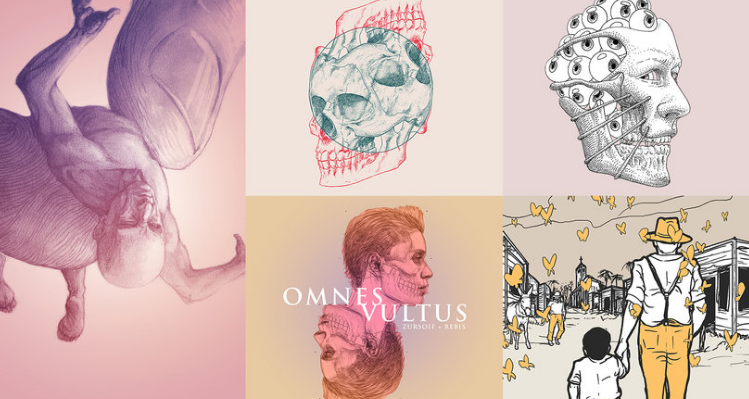
In the second unit, you’ll perform exercises to warm up your hand, starting with the drawing of straight lines of different lengths, and circles. you’ll learn to use the basic tools and you’ll also see how the way in which you rest your hand, elbow, and arm can interfere with your result.
Afterward, you’ll learn the general measurements of the human body in practice. You’ll use the drawing of circles and its division into halves and thirds in order to represent the upper part of the human skeleton: head, back, and pelvis. To complete the unit you’ll see the spine and the division of the vertebrae, to try to understand the movement dynamics of the upper body.
Based on the measurements and general proportions you learned in the previous step, you’ll connect the different limbs, and Zursoif will explain aspects related to the movement of each part. You’ll start by learning to locate the upper extremities: arm, forearm, and hand, and then you’ll start to do the same with the lower extremities, divided into thigh, leg, and foot.
In the last unit you’ll explore movement by drawing more dynamic figures and, then, you’ll learn to represent volume in the human body through simple geometric shapes. To conclude, you’ll learn some post-production tips using projection and perspective techniques.
What is this course’s project?
You’ll create a catalog of poses from which you will be able to practice drawing the human body through proportions and exercises, ranging from drawing lines to creating body postures in motion.




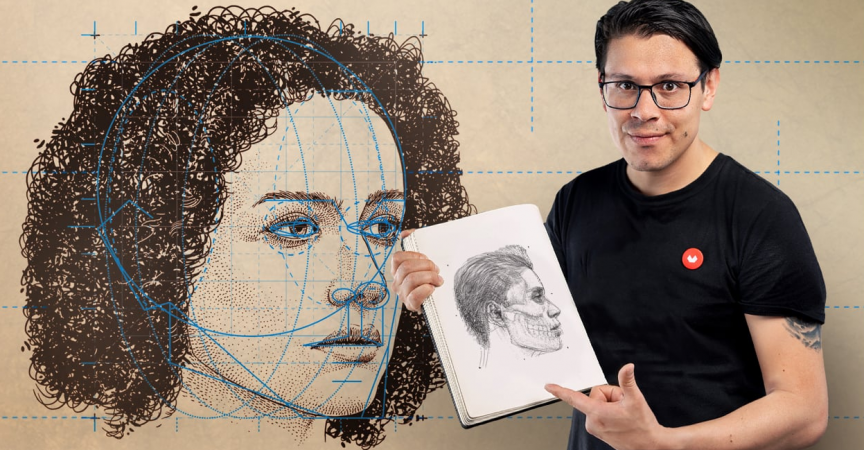

 Channel
Channel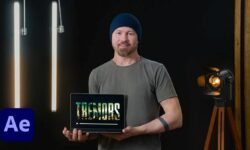
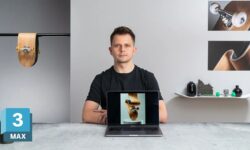



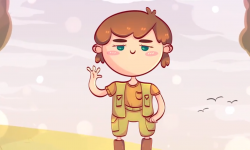

thanks, can you upload this one?
https://www.domestika.org/en/courses/264-realistic-portrait-with-graphite-pencil
plz upload this
https://www.domestika.org/en/courses/1197-realistic-human-figure-drawing
wheres the english subtitles
https://www.patreon.com/maloart
He’s course please🙏🙏🙏🙏🙏🙏